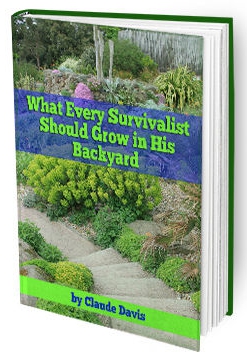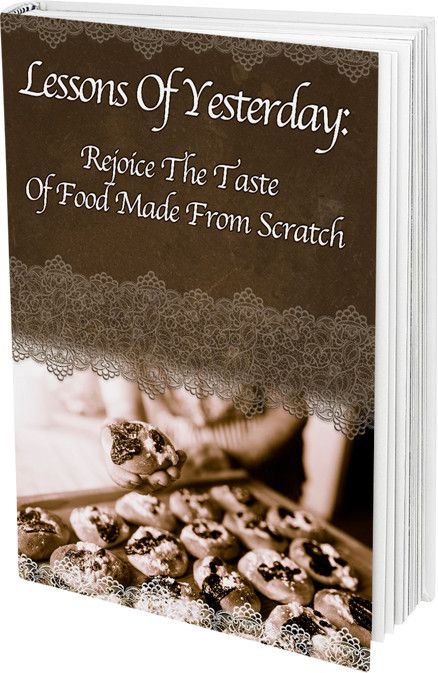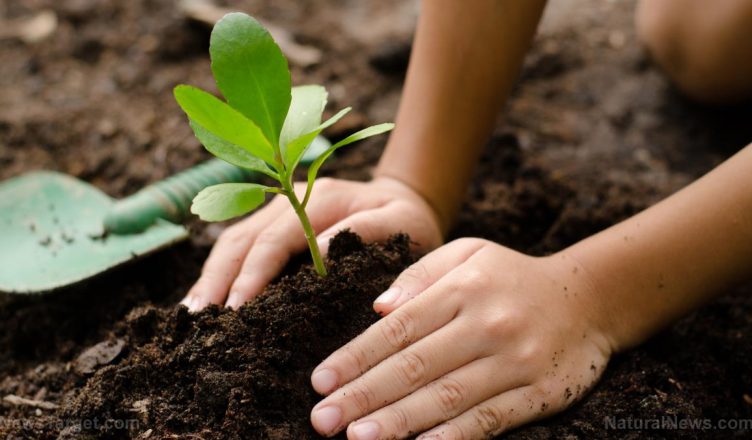Food freedom is a top concern for many people, whether they be natural health enthusiasts, environmentalists, or simply concerned about the hazards of “conventional” farming. There is no better way to beat the system than by growing your own food. Tending to a home garden comes with a wide array of benefits; not only can the practice of gardening be therapeutic and rewarding, it can help bolster your food security and freedom.
Additionally, as a home gardener, you can be more in control of how your crops are grown — which means you can avoid the pitfalls of conventionally grown produce, like GMOs, pesticides, herbicides and chemical fertilizers.

While setting up a home garden may seem like a difficult (and costly) endeavor, there are many easy and affordable “hacks” to help make your horticultural pursuits a success.
Vertical gardening is a great option, especially when space is limited. Vertical planters allow you to cultivate more crops within a smaller space. Using a trellis is one of the most common practices, but vertical gardens can be constructed out of virtually anything. For example, you can build your own vertical planter out of wooden pallets. You can even use a wall to hang planters made from burlap sacks or other affordable containers.
Composting, of course, is one of the most affordable ways to replenish your soil year after year. Compost piles can be created easily; all you really need to do is designate an area outside for composting and stick to it. Ultimately, compost is just decomposing organic matter. There are a number of different ways to compose your compost pile. Some say the best ratio for keeping compost piles simple is two parts plant matter to one part animal matter, while others suggest a one-third green to two-thirds brown ratio. Greens include anything green from your kitchen and yard, while brown would include things like dried grass, cardboard and so on. Composting helps to reduce the amount of waste that ends up in landfills, while also boosting sustainability.
Aquaponics are another great option for the home gardener. While creating an aquaponics system may seem challenging, there are many simple designs that can be put together with relative ease. Further, aquaponic gardens can be designed to fit in virtually any space, indoors or outdoors. This method of farming combines fish and agriculture in a way that requires no soil, which may make it especially intriguing to the urban farmer. A well-designed aquaponics system will actually require less work than a more traditional gardening set-up and can achieve high outputs that are sustainable over time.
Even backyard greenhouses can be built at a relatively low cost with basic materials. For example, OffGridWorld.com reports that a simple greenhouse can be constructed easily out of plastic sheeting, PVC piping, connectors and zip ties. It may not be the prettiest greenhouse you ever see, but it’s what’s on the inside that’s really important.
Virtually anything can be grown at home under the right conditions — even popular superfoods like turmeric. There are many great crops that can be grown almost anywhere. Some of the most nutritious vegetables are easily cultivated by home gardeners, such as broccoli, carrots, garlic, spinach, tomatoes and squash — but truly, the sky’s the limit when it comes to home gardening. It is, of course, important to keep seasons in mind when planning out your home garden — but growing your own food is more than worth the effort, and there are tons of options for those looking to boost their food freedom.

source : Vicki Batts



